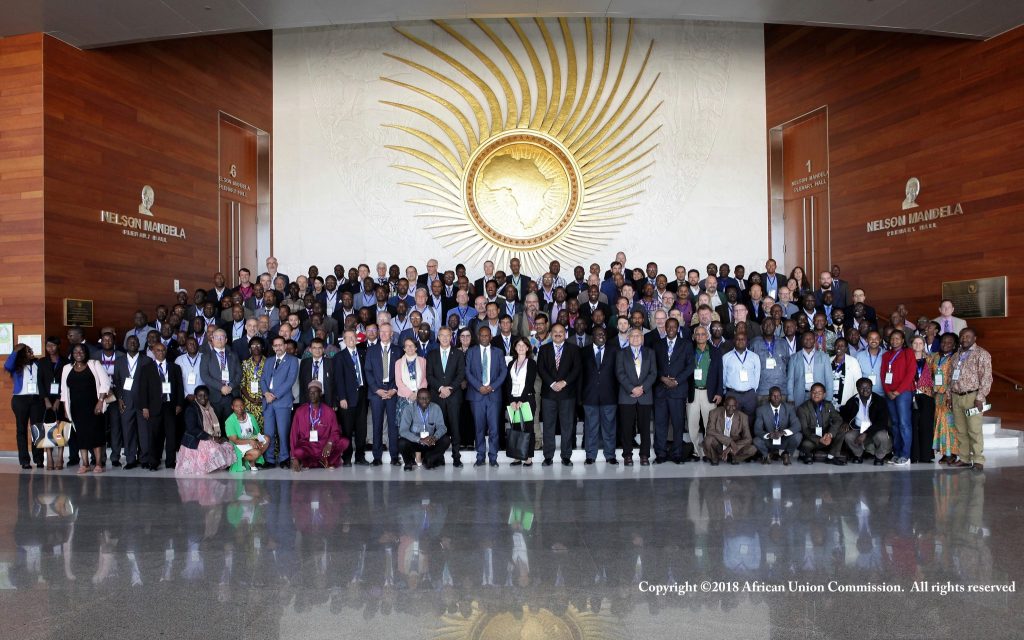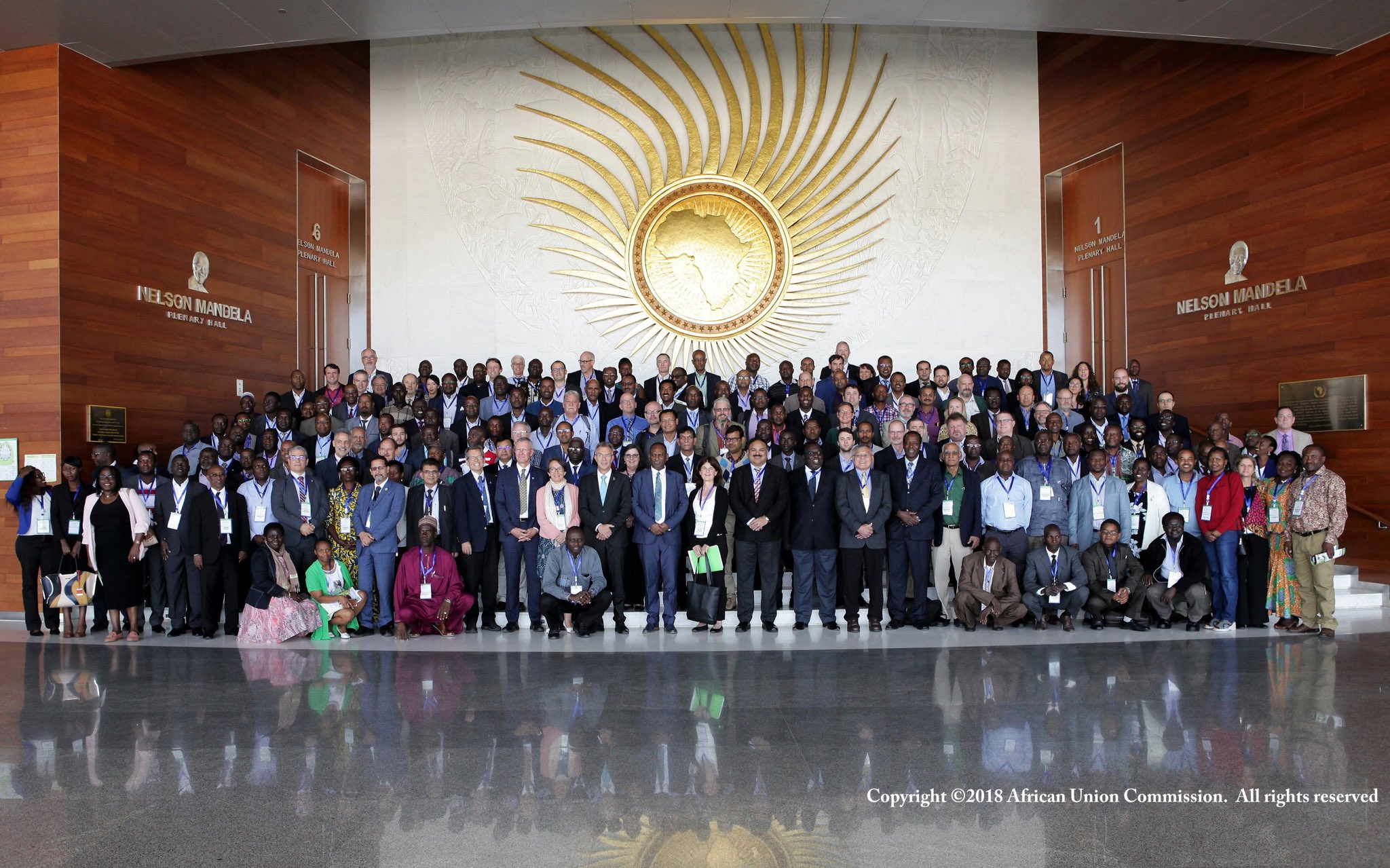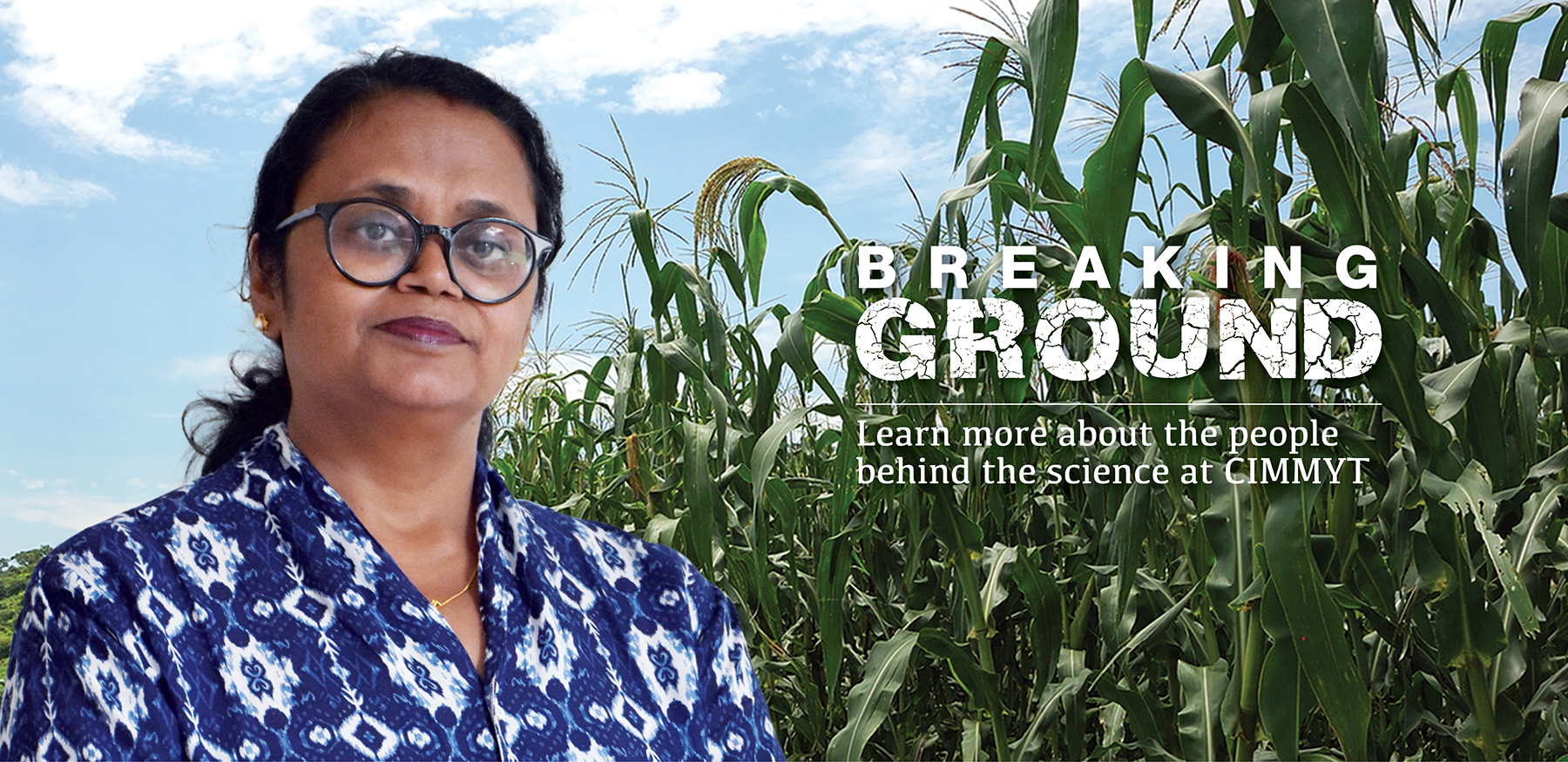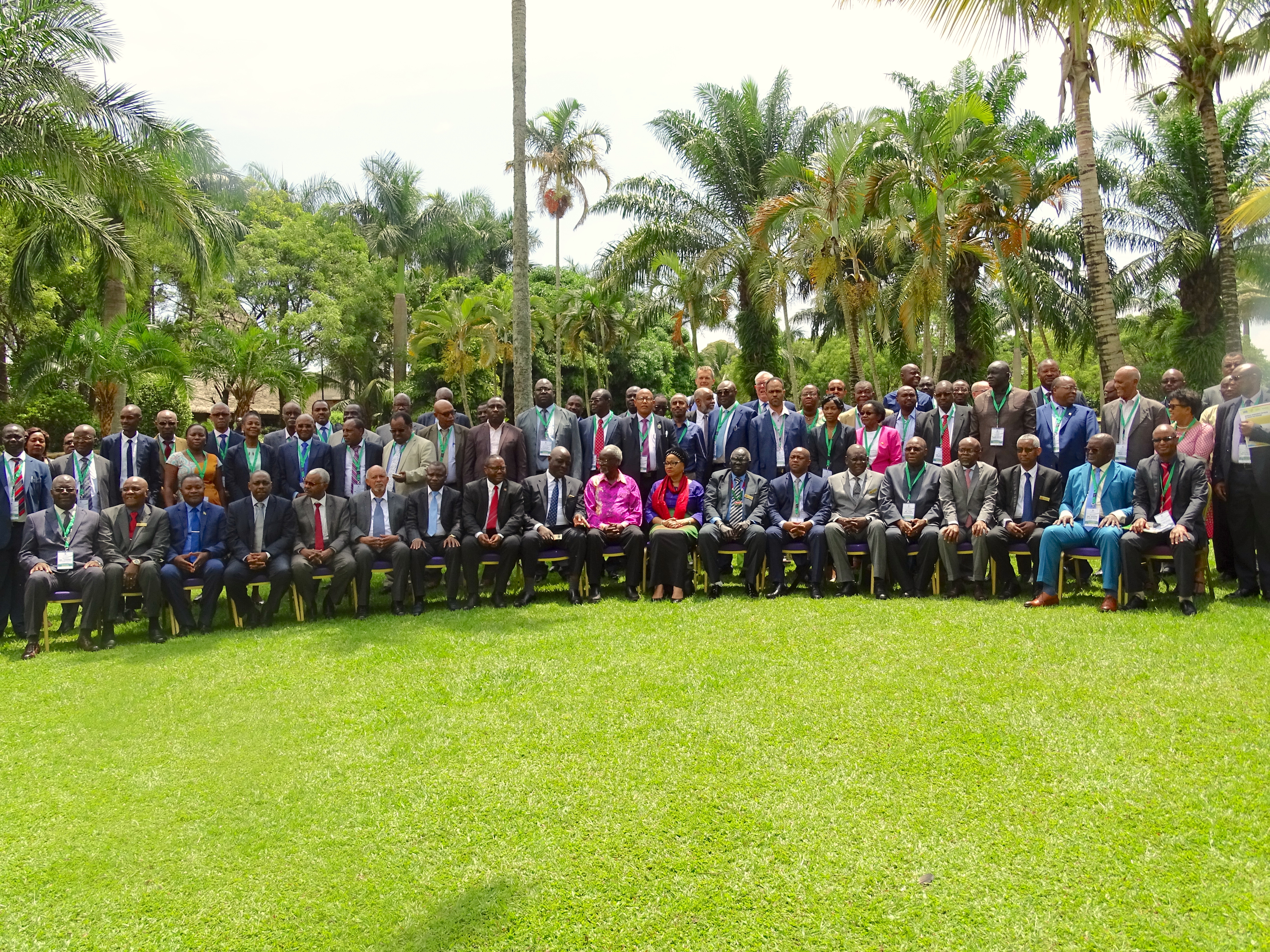ADDIS ABABA, Ethiopia (CIMMYT) — African farmers have lost millions of dollars in earnings since 2016 due to the loss of crops to the voracious fall armyworm.
Since the initial shock, farmers, researchers, extension officers, agribusinesses, governments and donors have reacted quickly to fight the invasive pest in various ways, including with pesticides, agroecological approaches and new seeds.
Yet the situation is far from under control. A more coordinated research-for-development (R4D) action plan is urgently needed to ensure that effective and affordable solutions reach smallholder farmers in sub-Saharan Africa so they can sustainably combat the devastating pest.
Smallholder farm socioeconomics are highly complex, which makes adoption of any new technology or practice a challenge. “We must look at the big picture to design safer, accessible, effective and sustainable solutions against fall armyworm,” said Martin Kropff, director general of the International Maize and Wheat Improvement Center (CIMMYT), which jointly coordinated “Fall Armyworm Research for Development: Status and priorities for Africa,” an international conference held from Oct. 29 to 31 at the African Union Commission in Addis Ababa, Ethiopia.
Hosted by the Fall Armyworm R4D International Consortium, the conference was aimed at drawing a science-based roadmap to combat the hungry caterpillar. The partners organizing the conference were the African Union Commission (AUC), the Alliance for a Green Revolution in Africa (AGRA), the Centre for Agriculture and Biosciences International (CABI), CIMMYT, the Food and Agriculture Organization of the United Nations (FAO), the International Centre of Insect Physiology and Ecology (icipe), the International Institute of Tropical Agriculture (IITA), and the United States Agency for International Development (USAID).
Vulnerable smallholder farmers
African leaders consider the invasive fall armyworm “a big threat for African food security,” said Amira Elfadil, African Union Commissioner for Social Affairs, at the opening of the conference.
The caterpillar has munched through thousands of hectares of maize, sorghum and a few other commercial crops across Africa and is causing severe concerns among food and agriculture experts and policymakers. Since it was first detected in Nigeria and São Tomé, the moth has spread across more than 40 African countries and has been seen in India since July 2018. It could also invade Europe and other continents.
“Fall armyworm has been the fastest pest to expand across the continent,” said Eyasu Abraha, Ethiopia’s state minister for agriculture development.
The pest is a familiar foe to agricultural experts and farmers in the Americas who have fought against it for several decades. However, the pest has found an ideal environment to flourish in Africa, with diverse agro-ecologies and a warmer climate all year round amplifying its persistent threat.
It has a host range of more than 80 plant species, including maize, a staple food on which millions of people throughout sub-Saharan Africa depend for food and income security. It can cause total crop losses, and at advanced larval development stages can be difficult to control even with synthetic pesticides. The female fall armyworm can lay up to a thousand eggs at a time and produce multiple generations very quickly without pause in tropical environments. The moth can fly 100 km (62 miles) a night, and some moth populations have even been reported to fly distances of up to 1,600 kilometers in 30 hours, according to experts.
Entomologists are trying to fill a knowledge gap on how the fall armyworm behaves and migrates throughout Africa.
Solutions that may work to combat the pest in Brazil or North America may not be applicable for the agricultural context in Africa where most farmers are low-resource smallholders, struggling to access new knowledge and technologies.

High cost of ineffective collaboration
Hans Dreyer, director of FAO’s plant protection division, listed many collaborative initiatives, including national task forces and expert working groups, which contributed to document and inform the current state of knowledge.
There are still many knowledge and technical gaps. Some resourceful information platforms are already available for the farmers and extension workers, including the fall armyworm web portal created by CABI, the mobile farmer Q&A service PlantVillage, or Precision Agriculture for Development’s text messaging advisory service MoA-Info.
“The cost of not collaborating is pretty severe,” said Regina Eddy, who leads the Fall Armyworm Task Force at the USAID Bureau for Food Security. The real gamechanger will be that “all experts in the room agree on a common and concrete research-for-development agenda and how to organize ourselves to implement it effectively,” she added.
During the conference, the experts debated intensely on the technical gaps and the best ways to combat the pest through an integrated pest management strategy, including how to scout the caterpillar in the crop field, establish monitoring and surveillance systems, pest control innovations and appropriate policy support to accelerate introduction of relevant innovations.
Safe, sustainable, farmer-centered solutions
Short-term responses to the pest at present include synthetic pesticide use. However, there are public health and environment concerns over some of the toxic pesticides being used in Africa to control the fall armyworm.
Brian Sobel from Catholic Relief Services recalled witnessing a woman in Malawi who, in an effort to combat the pest, sprayed much more chemical pesticide on her maize than necessary.
The rapid increase of the pesticide market in Africa has led to the circulation of plenty of banned or counterfeit products, some very toxic for the farmer, said Steven Haggblade, a professor in the Department of Agricultural, Food and Resource Economics at Michigan State University in the United States. Farmers are often not well trained in the use of such chemicals and do not protect themselves during application, he said.
Pesticide use has many negative trade-offs, said Paul Jepson, a professor of environmental and molecular toxicology in the College of Agricultural Sciences at Oregon State University. Natural enemies like parasitic wasps are also often far more vulnerable to pesticides than fall armyworm larvae, which are hard to reach and hide themselves in the maize whorls for instance.
Continental action plan
A key recommendation made by the Fall Armyworm R4D International Consortium is to develop common methodologies and research protocols to ensure data from various studies across the continent are better used and compared. For example, how best could the true impacts of the fall armyworm on food and seed security, public health and environment be measured? Collaborative research could include multilocation assessment of the relationship between observed crop damages and yield losses, which is key to determine the efficacy of a pest control innovation.
Conference participants also agreed to work on defining economic and action thresholds for fall armyworm interventions, to ensure better recommendations to the farming communities.
Because no one solution can fit all farmers and socioeconomic contexts, advice must include use of environmentally safer pesticides, low-cost agronomic practices and landscape management and fall armyworm-resistant varieties, among other integrated pest management tools.
Enhanced cooperation between countries to access new technologies and manage the transboundary pest is seen as a priority. Consortium experts also urge an integrated pest management approach, initiated based on farmers’ needs. Controlling the fall armyworm in the long run will require important investments into research-for-development for generating and sharing knowledge and addressing technical gaps with farmers.
For more information on fall armyworm, this conference and the Fall Armyworm R4D International Consortium, please contact B.M. Prasanna, Director of CIMMYT’s Global Maize Program and of the CGIAR Research Program on MAIZE, at b.m.prasanna@cgiar.org.


 Nutrition, health and food security
Nutrition, health and food security 